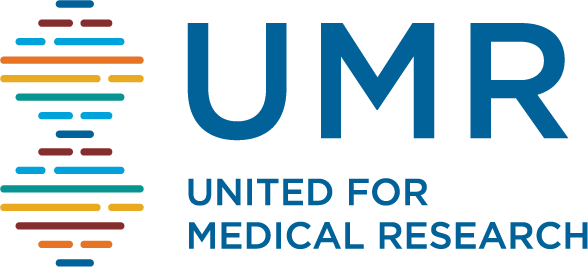January 22, 2010
 A new UMR report documents how Recovery Act funding of medical research through the NIH is creating and preserving jobs, laying the foundation for industry growth, and helping to reduce long-term health care costs. Investing in Recovery and Discovery illustrates these benefits through real-life stories of research scientists and their Recovery Act-funded work.
A new UMR report documents how Recovery Act funding of medical research through the NIH is creating and preserving jobs, laying the foundation for industry growth, and helping to reduce long-term health care costs. Investing in Recovery and Discovery illustrates these benefits through real-life stories of research scientists and their Recovery Act-funded work.
According to Dr. Steve Fluharty, Vice Provost for Research at theUniversity of Pennsylvania, “the impact of NIH funding goes beyond the lab and into the companies that supply many of the 325,000 NIH-funded researchers across the country with the tools, technology and resources they need. Further, NIH grantees generate many of the discoveries the nation’s most significant employers – the biotech and pharmaceutical industries – build upon to create the next generation of treatments and cures.”
At the same time the funding is forging new areas of science, many of which could not have been pursued just 10 years ago, and others which could have been neglected without ARRA. “We now have the unique opportunity to explore exciting new fields of science that may fundamentally impact our understanding of diseases, and help to tailor treatments with more precision to address the unique needs of very different patients,”says Dr. Clyde Yancy, President of the American Heart Association. “The ARRA infusion was more than a stimulus; it has been a catalyst that now provides the opportunity to jumpstart the pace of scientific discovery and ultimately to effect major advances in the quality of health for the American population.”
To learn more about how NIH funding through the Recovery Act is at work across the country in the service of better health and a healthier economy, visit here. And to read and download the full report, visit here.

